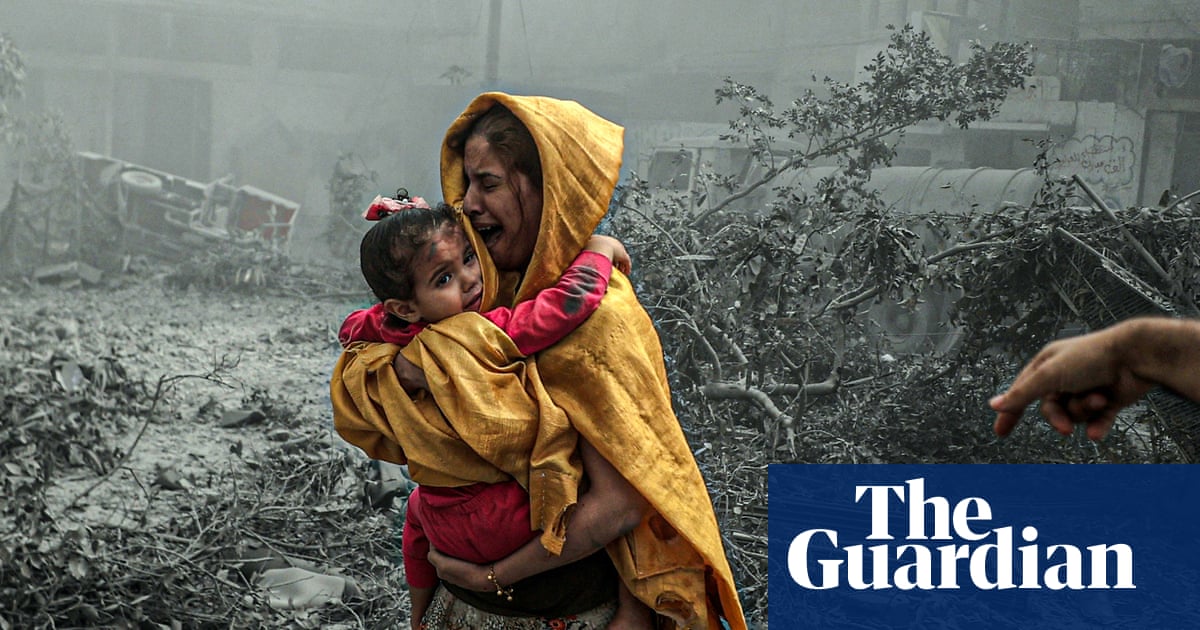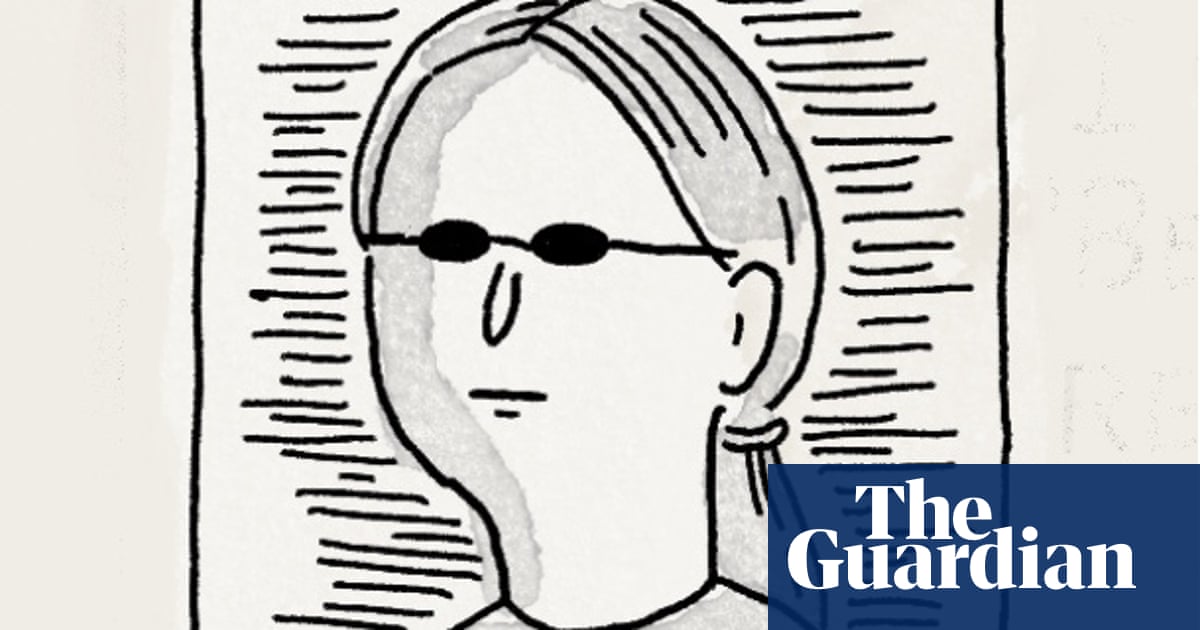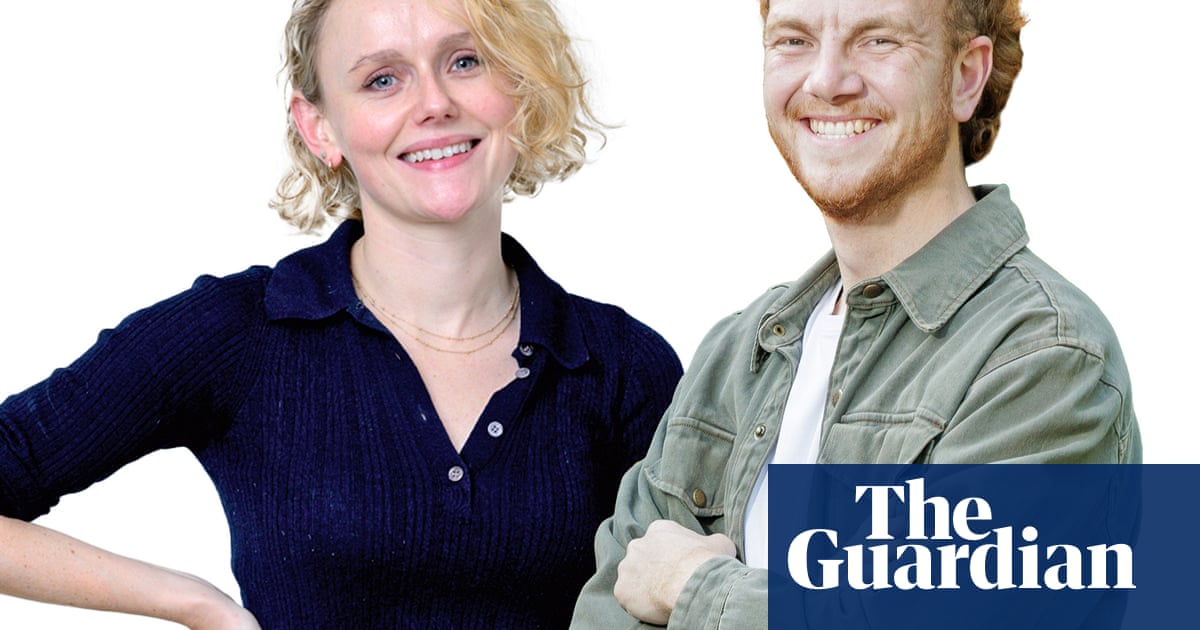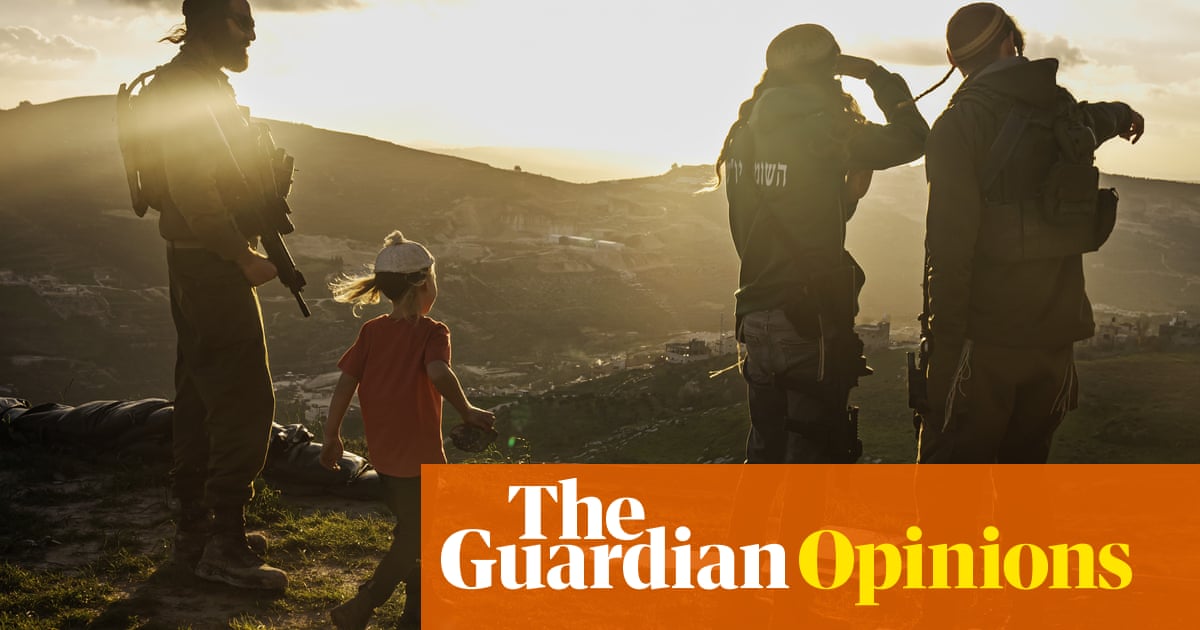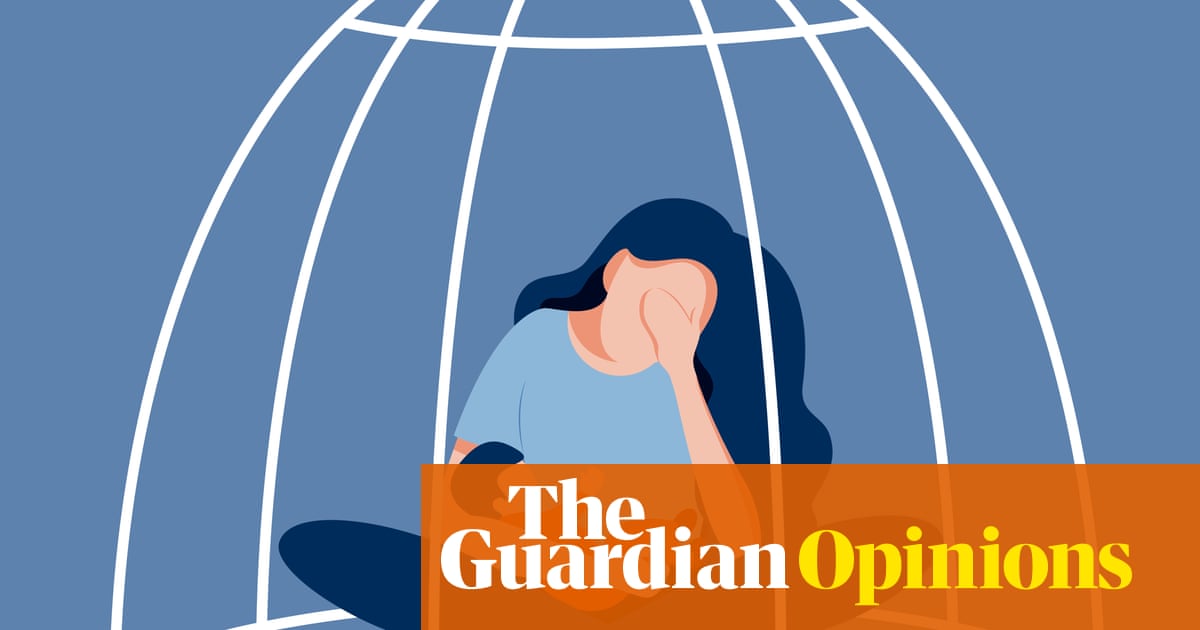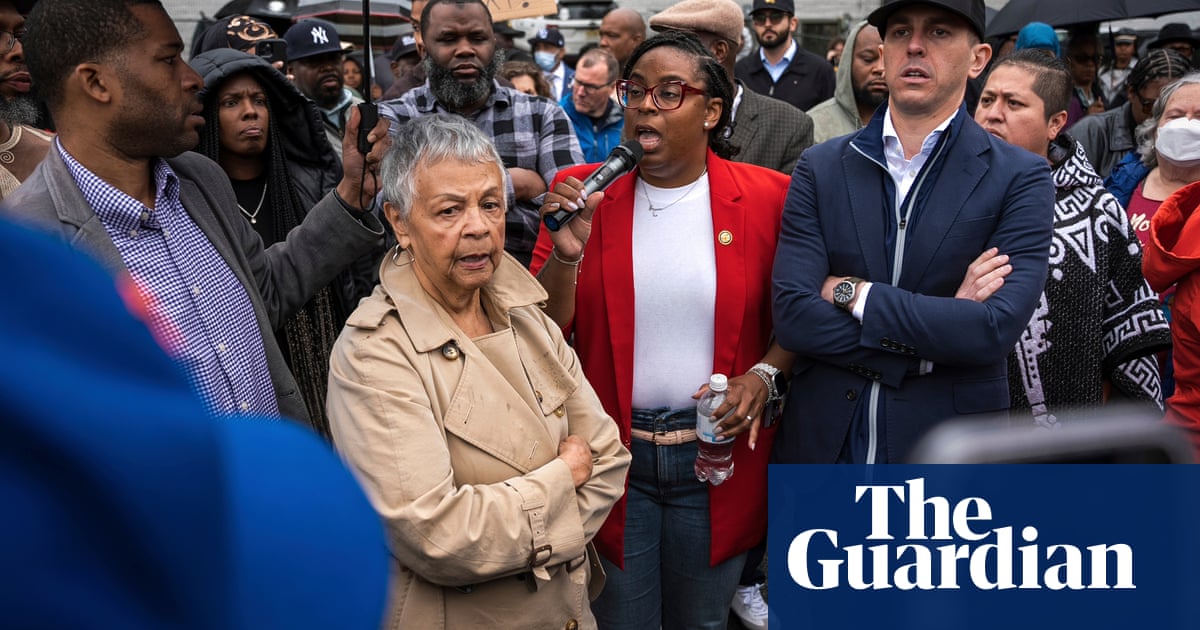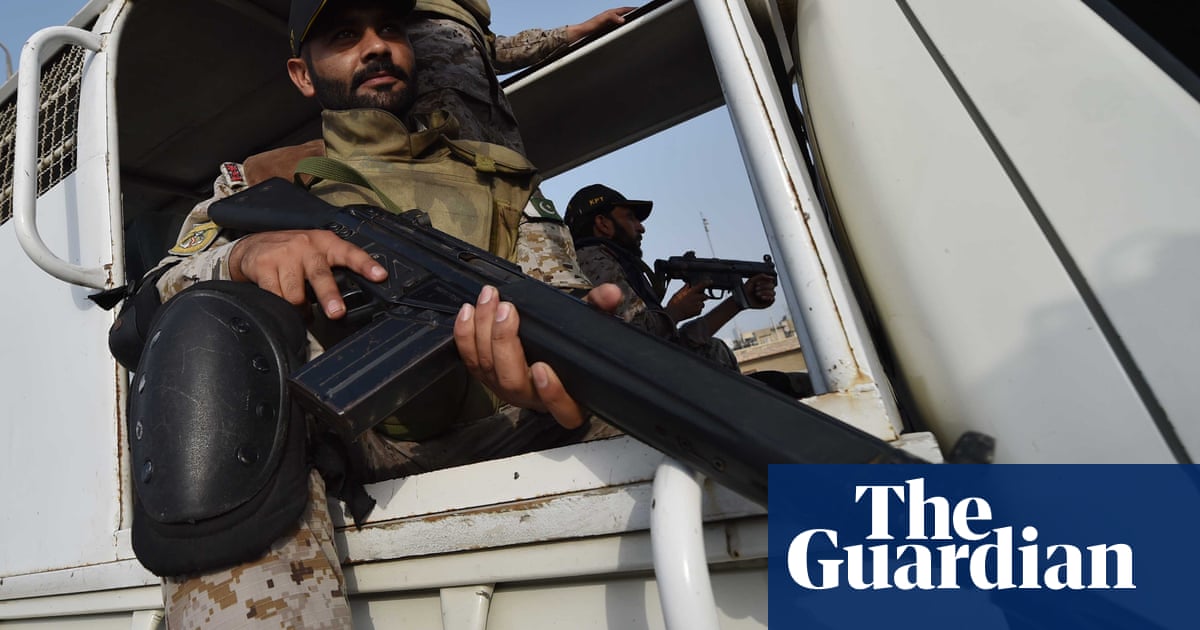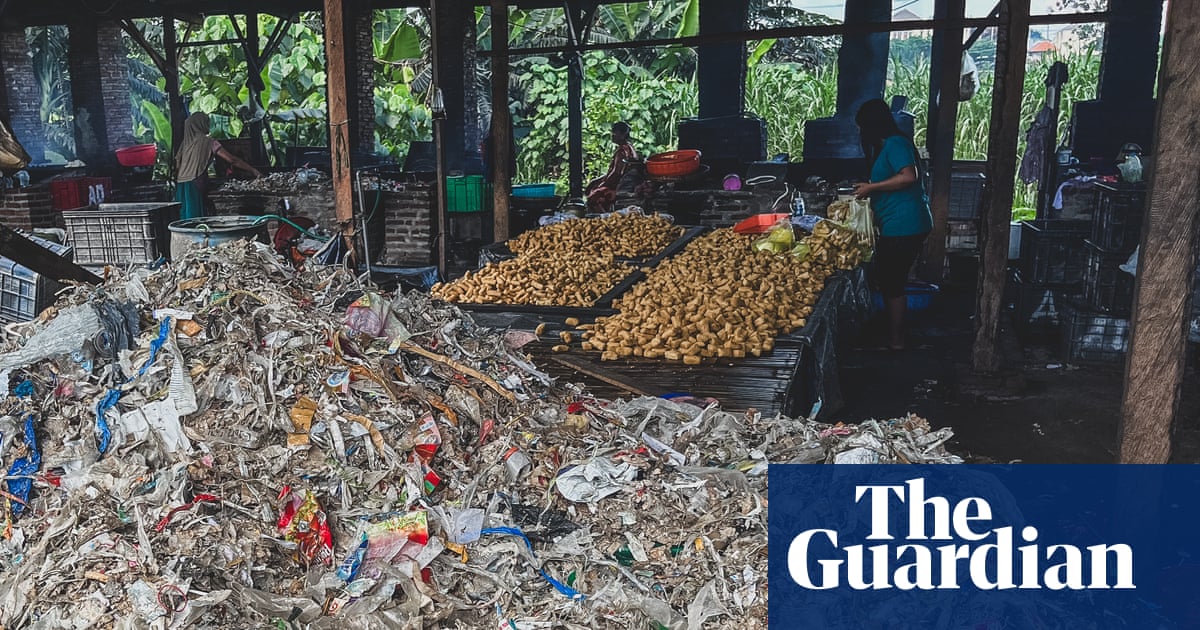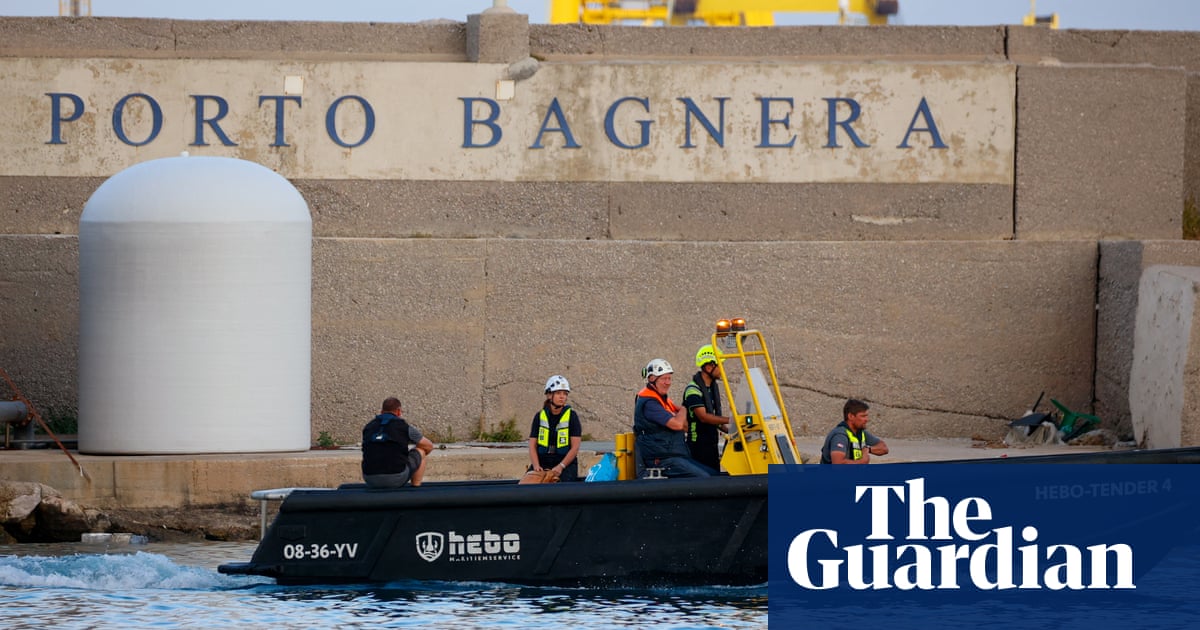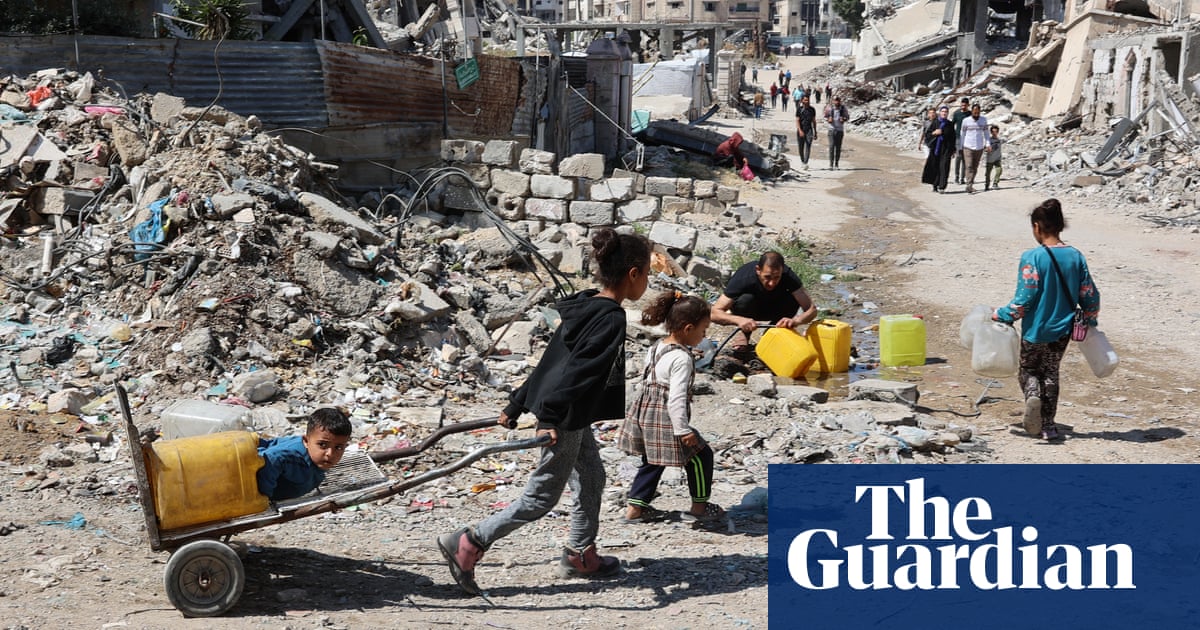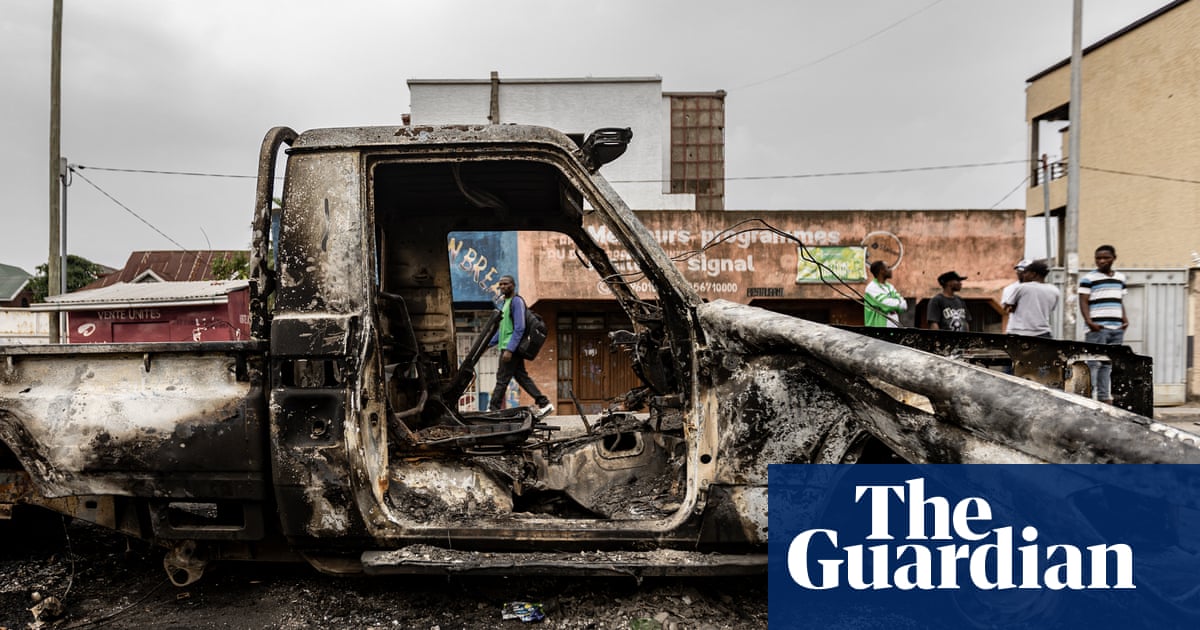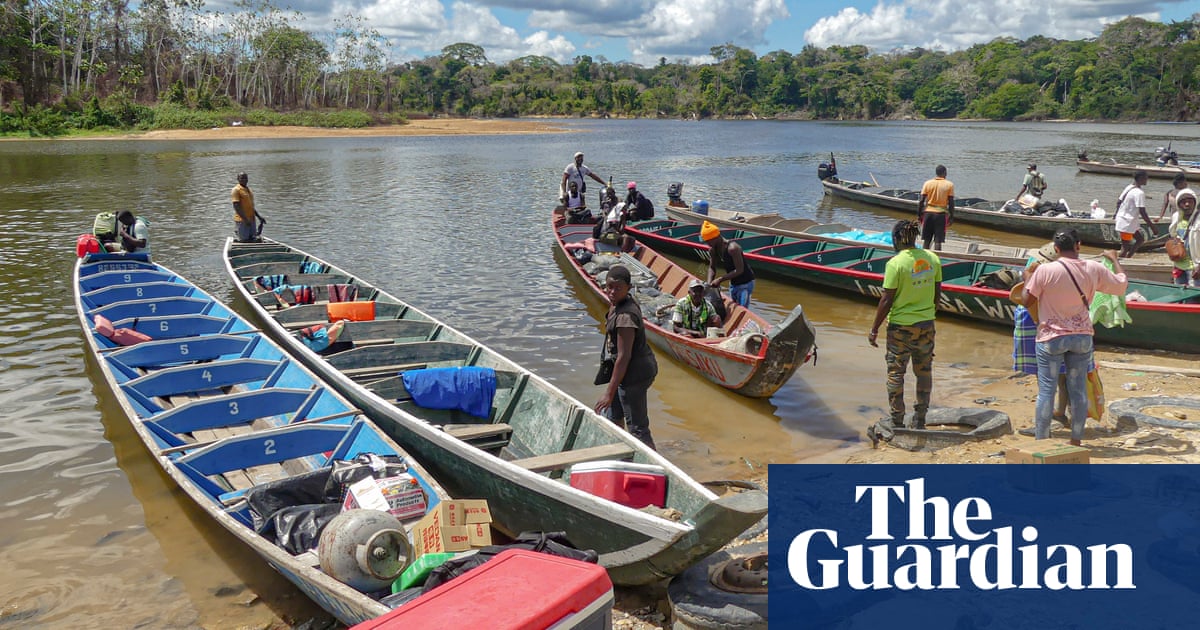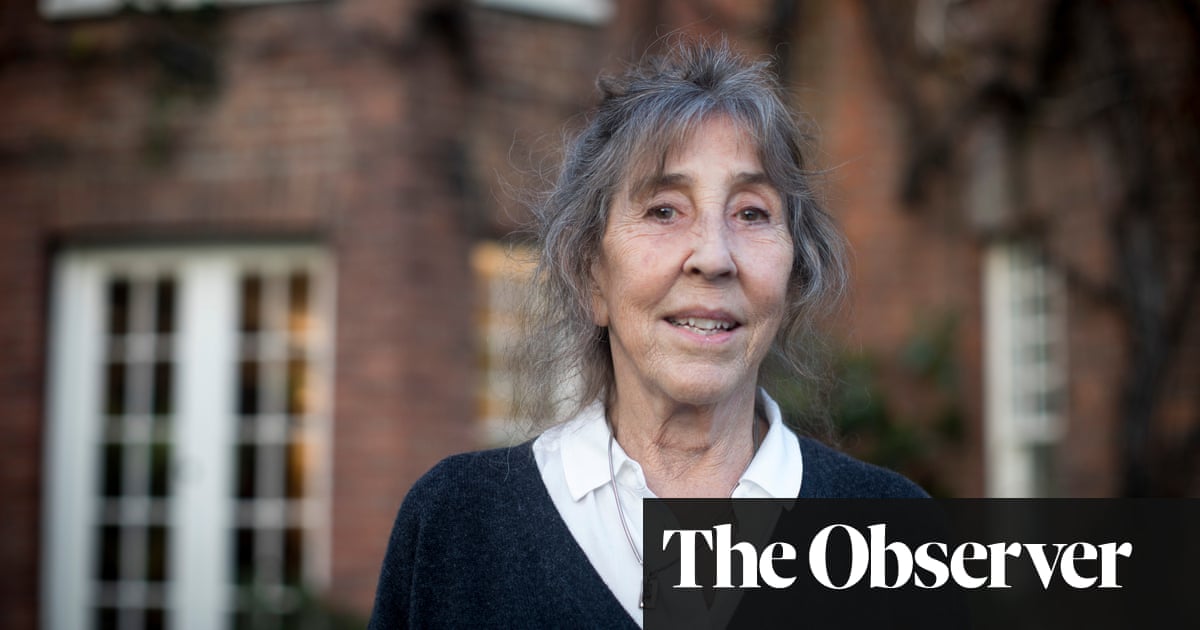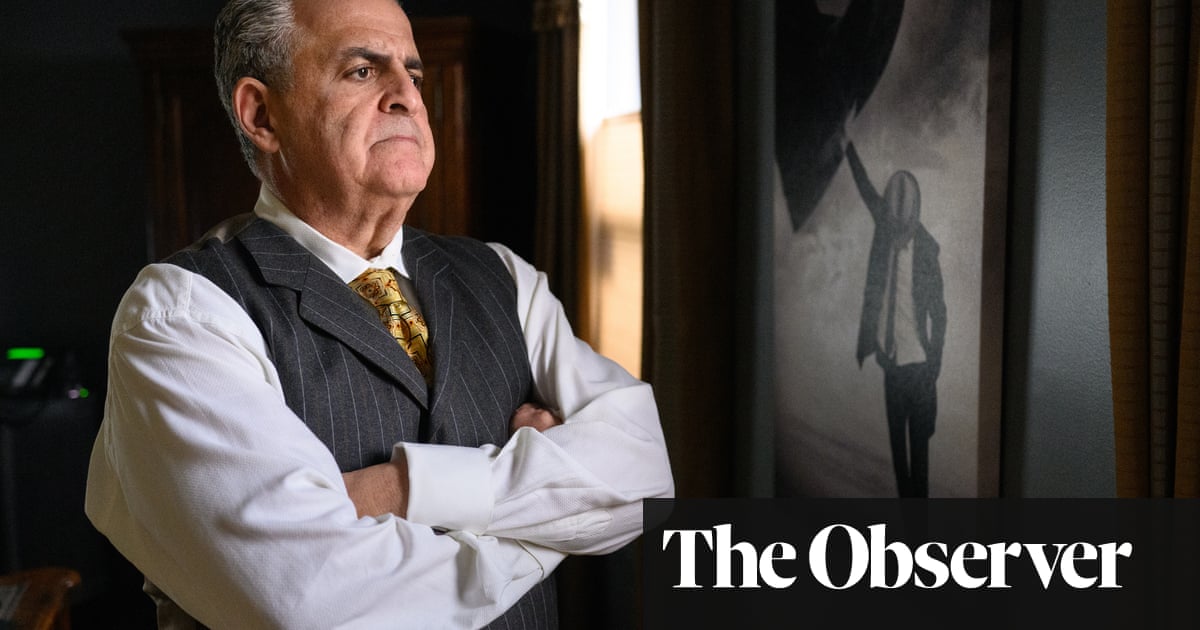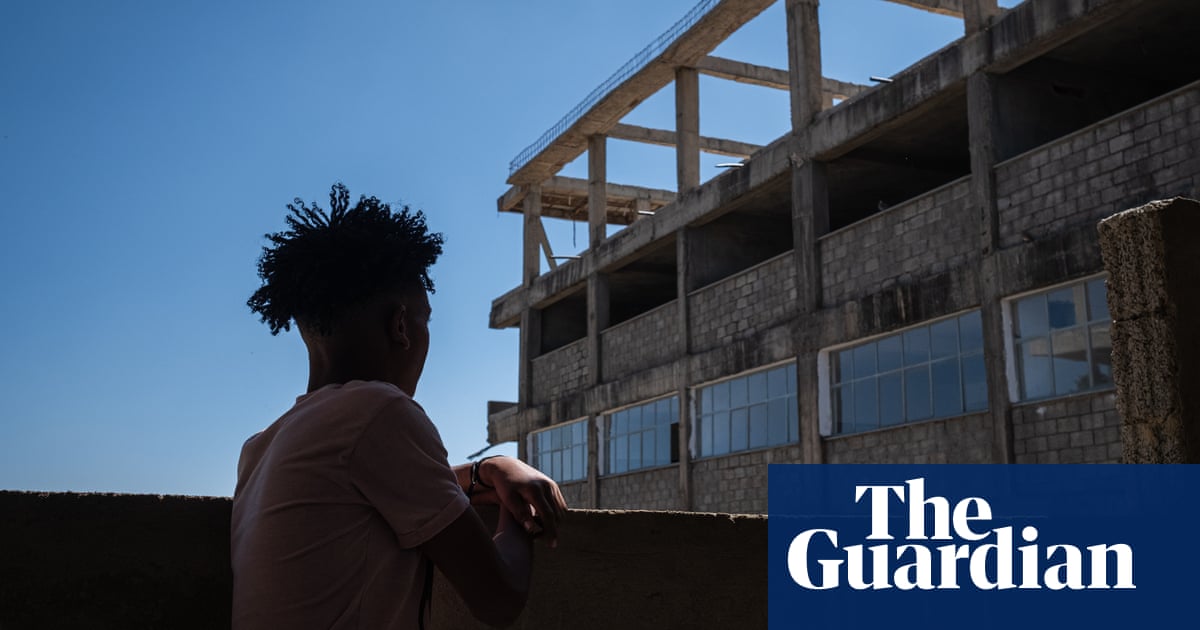“My daughter came to me, tugging at my shirt, and asked, ‘Baba, if we drink water, will we die too?’ What could I say to her?” Talib Hussain’s voice shakes as he describes the impact of 17 unexplained deaths in his village, including 13 children, in a matter of weeks.
“I’ve lived here for more than 50 years but I’ve never seen anything like this. In the last two months, I have witnessed 17 funerals. It’s more than we could ever comprehend. People fear eating, drinking, and even going outside. Our neighbourhood is being torn apart.”
The sudden loss of 17 lives in the village of Badhal in Jammu and Kashmir’s Rajouri district has left its 3,000 residents reeling with grief and fearing for their lives. The nightmare began on 7 December 2024, when Fazal Hussain, his wife, and their four children fell ill after attending a wedding celebration.
The family developed severe abdominal pain, vomiting and drowsiness. Within days, all apart from Fazal’s wife had died. Initially there were suspicions that the cause was food poisoning from something they had eaten at the wedding, but the day Fazal’s five-year-old son died, tragedy struck another Badhal family, who had not attended the celebration.

“My children had only gone to school,” says Mohammad Rafiq, a father of seven. “Two of them fell ill with fever. I gave them medicine, and they seemed better that night. But one of my children passed away at home. The other two were rushed to the hospital, but one died on the way to Jammu, and the other passed away six days later in Chandigarh.”
Rafiq’s devastation was compounded when his wife, who had been caring for the children, also fell ill. “Despite knowing she had lost three children, the doctors didn’t take her condition seriously. She could have been saved, but I lost her.”

Rafiq and his remaining children are among 200 people identified as having been in contact with the affected families, and have been relocated to two quarantine centres in the town of Rajouri, 37 miles (60km) from Badhal, but he fears for his remaining family. “What if something happens to them? Or to me? Who will take care of my family? This illness is destroying lives. The whole village is living in fear, unsure who will be next.”
A month on from the two families’ shocking losses, Fazal’s brother-in-law, Muhammad Aslam, lost six of his children to similar symptoms over a week. His uncle and aunt succumbed to the illness during the same week. Aslam’s daughter, Yasmeen Kouser, died on 19 January – the last recorded death in the village. Aslam is also in quarantine in Rajouri.
Rasheed Khan says his world has been shattered by the tragedy that struck his neighbour. “I’ve seen Muhammad [Aslam] lose six of his children, one after another,” says Khan. “We don’t know what’s happening. There must be a proper investigation to uncover the truth.”
More than 100 tests of potential sources of illness, including food and water as well as blood samples, have failed to identify any viral or bacterial infection.
But tests revealed traces of pesticides and insecticides in the village’s only water source, a baoli (traditional water reservoir), prompting the authorities to declare Badhal a containment zone on 18 January, setting up checkpoints on the roads in and out of the village, and confining people to their homes. Public and private gatherings were also banned, and food and bottled water are being supplied by the authorities.
This week, Dr Amarjeet Singh Bhatia, principal of Government Medical College (GMC) Rajouri, said poisoning by organophosphorus, found in blood samples taken from the deceased, was likely the cause of the 17 “mystery” deaths. Bhatia said atropine injections had been given to patients admitted to the hospital, with positive results. Atropine is commonly used to treat poisoning from organophosphorus, including insecticides.
after newsletter promotion

“We have not received official reports from top laboratories yet, but we used a trial-and-error approach that worked well,” Bhatia told a press conference on 27 January. “We administered atropine to two patients for other purposes, to increase their heart rate, and they survived and are recovering well.” However, he cautioned that drawing conclusions at this stage would be premature until the official reports are received. Eleven people remain in hospital.
More than 200 samples from water, food and items such as kitchen utensils have been sent to labs including the Indian Council of Medical Research, Defence Research and Development Organisation, Council of Scientific and Industrial Research to test for chemical contamination, but results are pending.
In the meantime, people in the village and beyond feel helpless. Saira Begum, a mother of three, who moved her family to Rajouri for safety, echoes the community’s anxiety as they wait for results. “Every time my children cough or complain about feeling tired, my heart stops. We’re scared to drink the water from our own homes. How can we protect our families when we don’t even know what’s causing these deaths? We can’t sleep at night, always fearing something might happen to our loved ones. We want answers, but no one seems to know anything.”

Some villagers have criticised the government’s response. “Dividing the village into zones and restricting movement might help the investigation, but it’s making life unbearable for us,” says Mohammad Latif. “We’re already struggling, and now we feel like prisoners in our own homes. We have to feed our animals, and while government teams help, we know better how to care for them.”
And all of them want answers. “We just want this nightmare to end,” says Ghulam Khan. “We want our children to grow up in a safe and peaceful village, not a place where every day feels like the end. We need something to help us understand what’s happening. This place used to be full of joy, but now it’s full of sorrow. We just want to find peace again.”
“We don’t know how to protect ourselves,” adds Talib Hussain. “It’s not just a fear of death, but a fear of the unknown, and that’s what makes it so terrifying.”

 3 months ago
53
3 months ago
53
